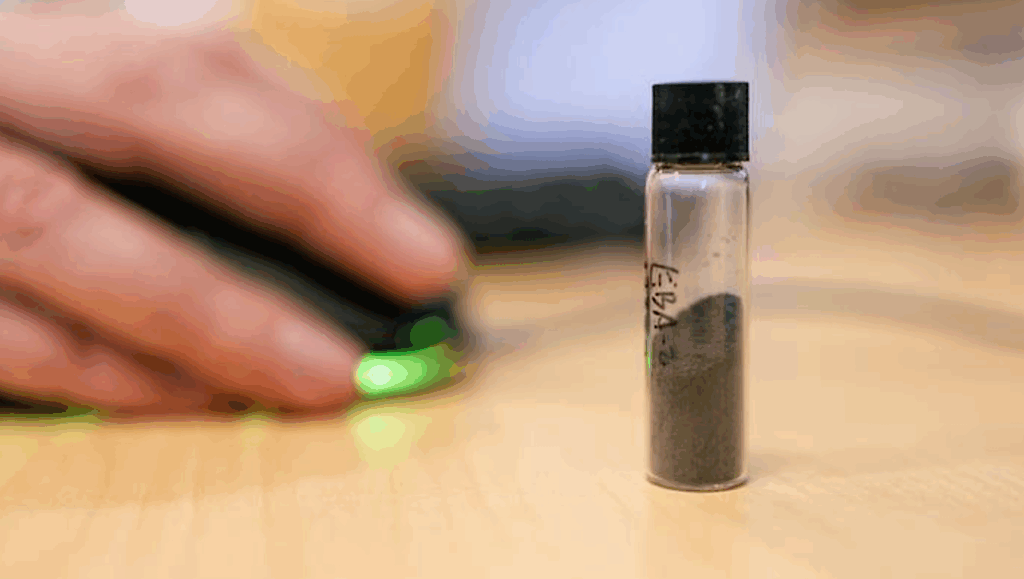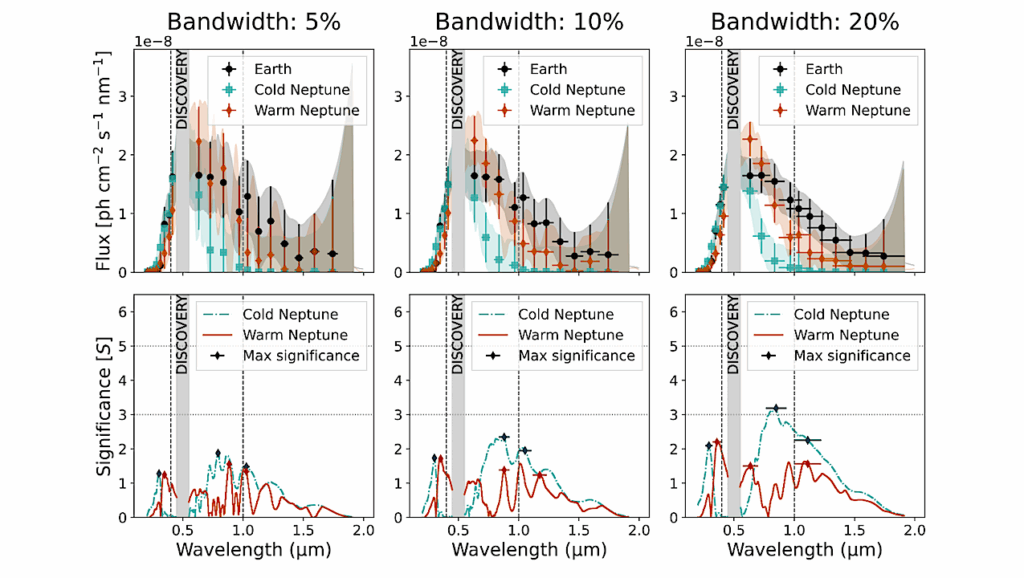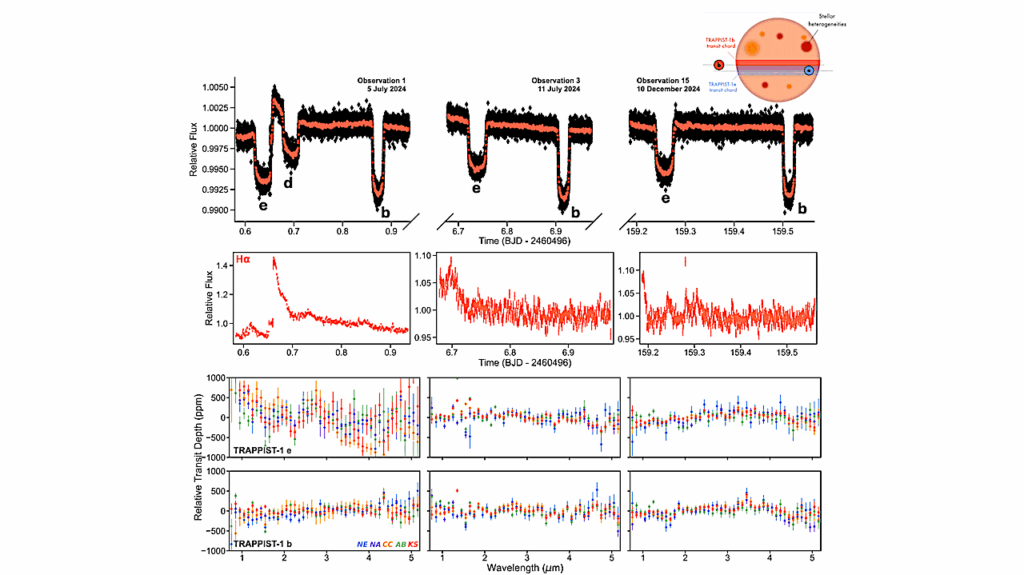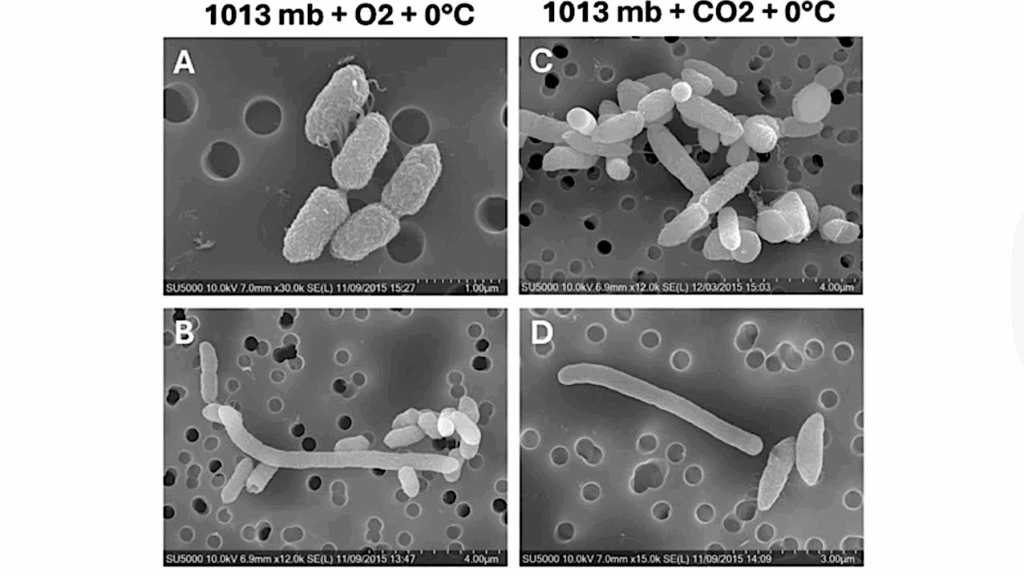Disentangling Atmospheric Compositions of K2-18 b with Next Generation Facilities

Recent analysis of the planet K2-18b has shown the presence of water vapour in its atmosphere. While the H2O detection is significant, the Hubble Space Telescope (HST) WFC3 spectrum suggests three possible solutions of very different nature which can equally match the data.
These solutions include a primary cloudy atmosphere with traces of water vapour and a secondary atmosphere with a substantial amount of H2O and/or an undetectable gas such as N2. Additionally, the atmospheric pressure and the possible presence of a liquid/solid surface cannot be investigated with currently available observations. In this paper we used the best fit parameters from Tsiaras et al. (2019) to build JWST and Ariel simulations of the three scenarios. We have investigated 18 retrieval cases, which encompass the three scenarios and different observational strategies with the two observatories.
Retrieval results show that twenty combined transits should be enough for the Ariel mission to disentangle the three scenarios, while JWST would require only two transits if combining NIRISS and NIRSpec data. This makes K2-18b an ideal target for atmospheric follow-ups by both facilities and highlights the capabilities of the next generation of space-based infrared observatories to provide a complete picture of low gravity planets.
Quentin Changeat, Billy Edwards, Ahmed F. Al-Refaie, Angelos Tsiaras, Ingo P. Waldmann, Giovanna Tinetti
(Submitted on 3 Mar 2020)
Comments: 12 pages, 12 figures
Subjects: Earth and Planetary Astrophysics (astro-ph.EP); Instrumentation and Methods for Astrophysics (astro-ph.IM)
Cite as: arXiv:2003.01486 [astro-ph.EP] (or arXiv:2003.01486v1 [astro-ph.EP] for this version)
Submission history
From: Quentin Changeat
[v1] Tue, 3 Mar 2020 12:44:19 UTC (7,581 KB)
https://arxiv.org/abs/2003.01486
Astrobiology








